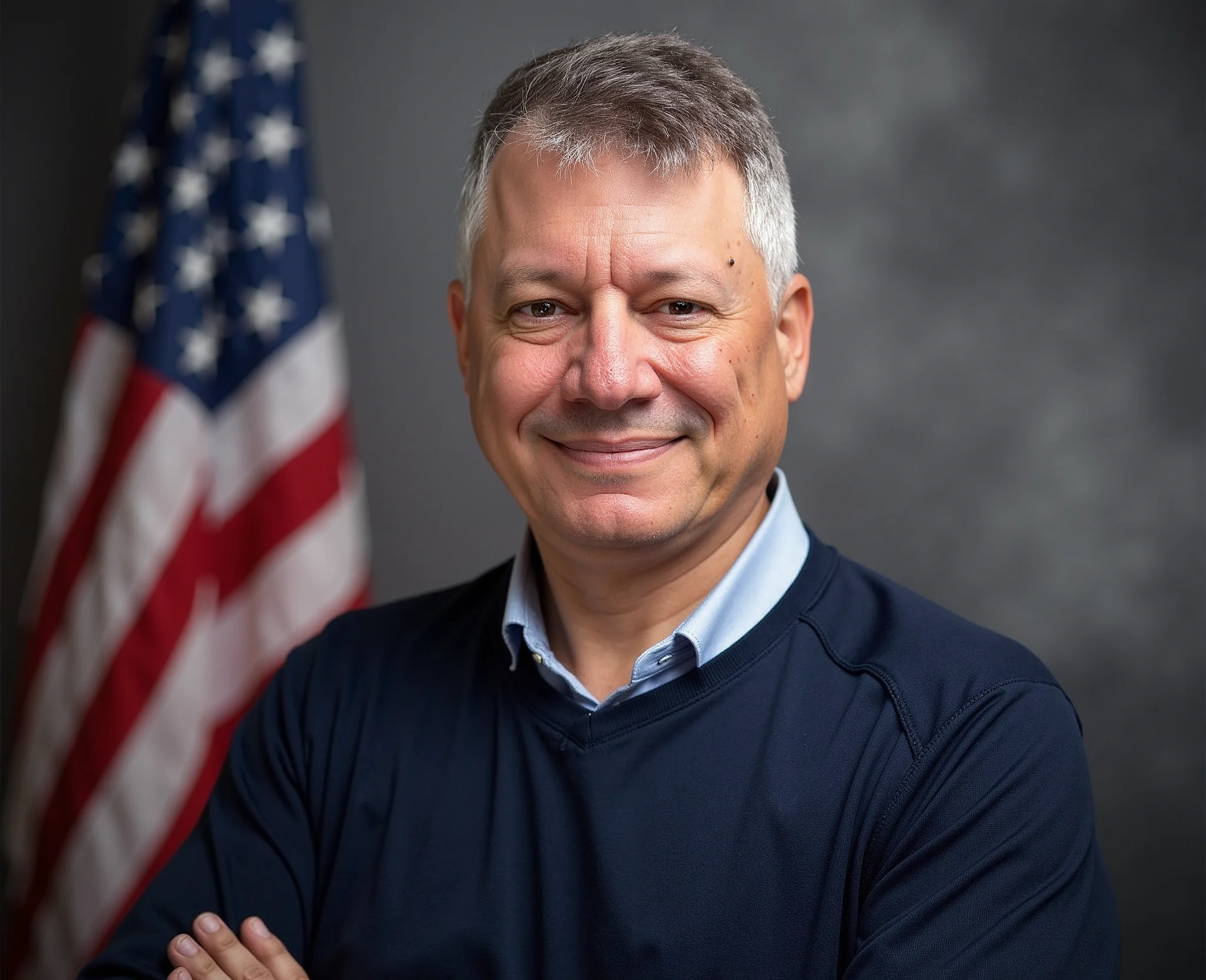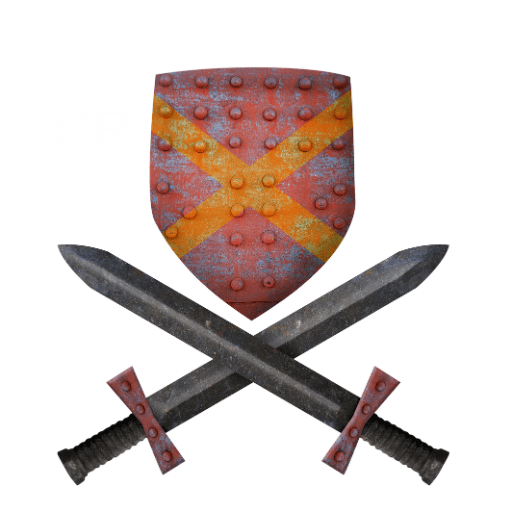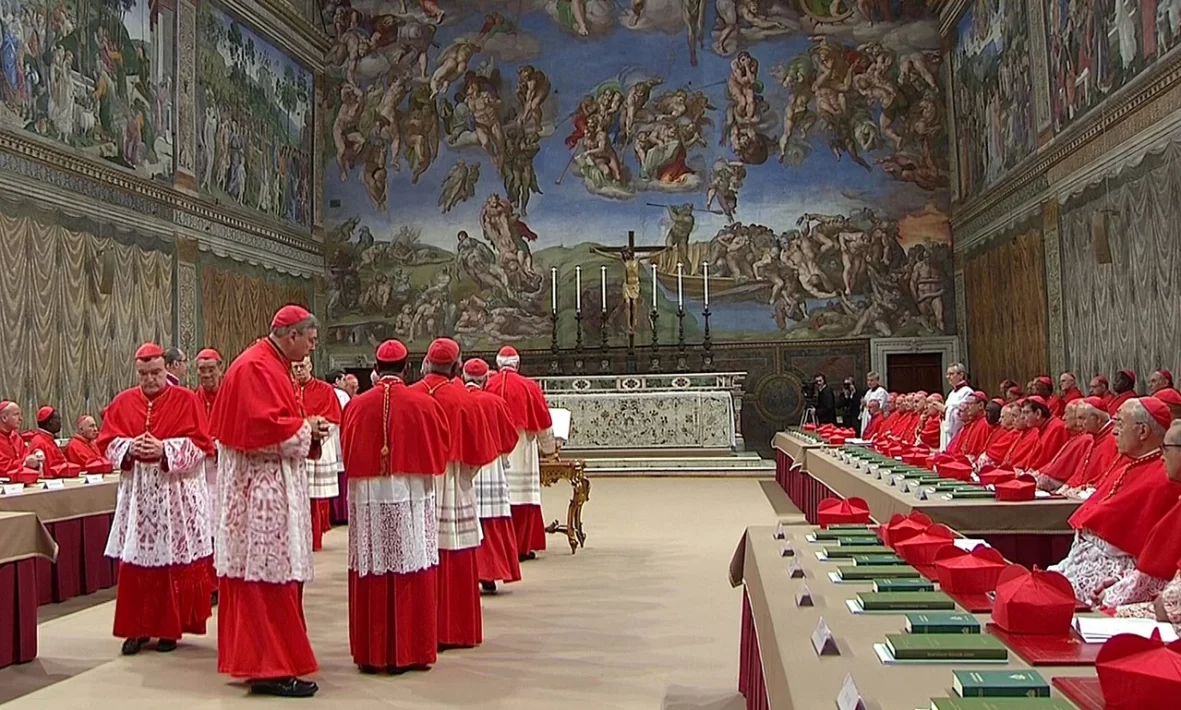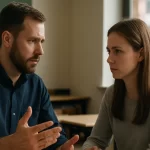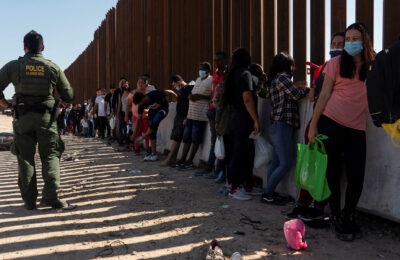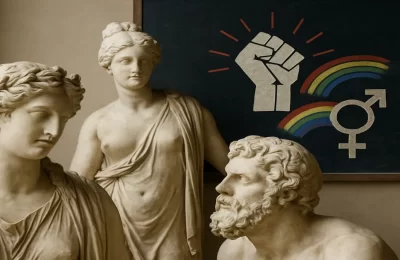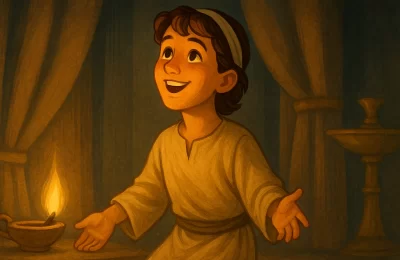“In the room where it happens, no one really knows what happens.”
— Except maybe the Holy Spirit… and a few very tired cardinals.
You feel it before you see it.
The stillness.
The weight of painted saints staring down from the rafters.
The hush, like the breath of centuries pressing against your shoulders.
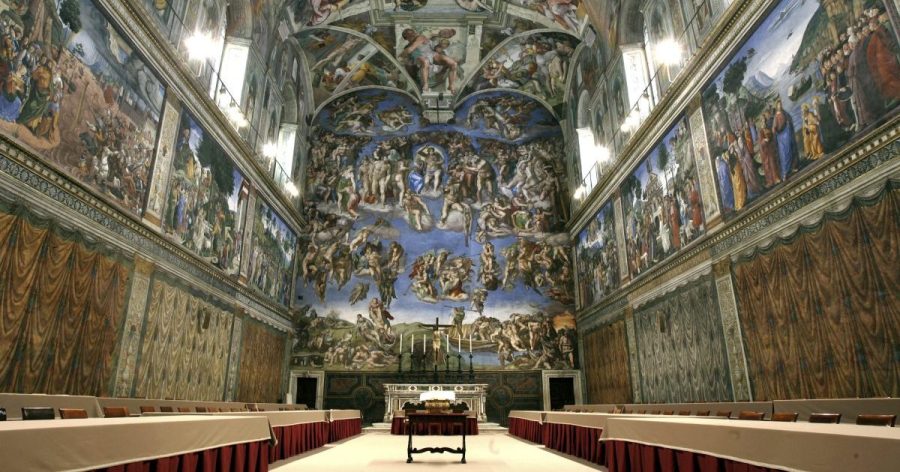
You’re standing in the Sistine Chapel—not as a tourist craning your neck for a glimpse of Michelangelo’s ceiling, but as an observer in a drama few are ever invited to witness. Here, behind locked doors, beneath the sweep of The Last Judgment, the future of the Roman Catholic Church is about to be decided.
Not by algorithms. Not by democratic vote. Not even by social media outcry.
But by 135 crimson-robed men and the whisper of God Himself.
Theatrics and Theology: The Room Is Ready
The chairs are arranged in two great arcs, like parentheses closing in on the center of the room. In front of each seat lies a desk—modest, almost school-like, complete with a nameplate. A small stove squats awkwardly in the corner like a relic from an Italian farmhouse. Above it, the chimney—the now-famous chimney—has been affixed through the ceiling tiles, just as it has for centuries.
This is no ordinary oven. This is the furnace of expectation.
This is the world’s holiest signal flare.
Soon, from this stove, black or white smoke will rise.
Black: the vote has failed.
White: the world has a new pope.
The cardinals file in slowly. Silence hangs heavy, thick like incense. Their red robes rustle softly, the only sound competing with the echo of their prayers.
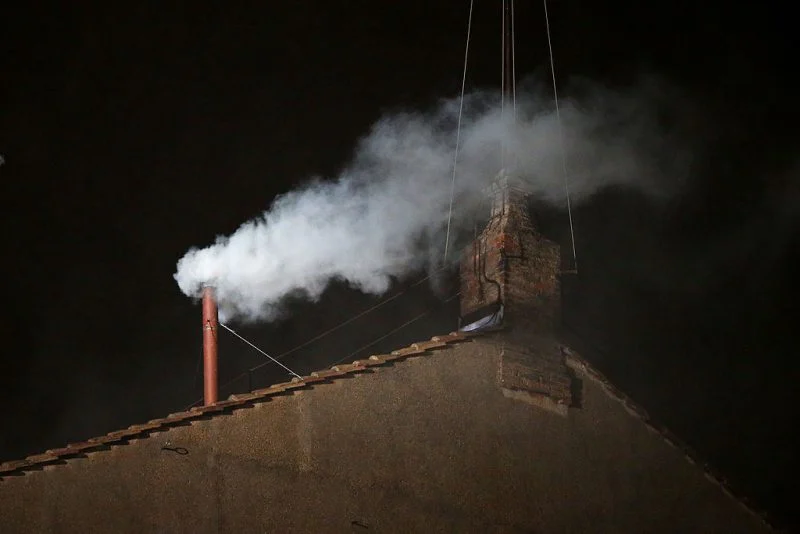
No smartphones.
No aides.
No press.
Just Scripture. Ballots. And 2,000 years of tradition.
“Cum Clave”: Sealed with a Key
Conclave means “with a key,” and it isn’t just poetic. The doors are locked. The guards stand watch. The cardinals are quite literally sealed inside.
The ritual is older than most nations. After a disastrous, years-long papal stalemate in 1268, the citizens of Viterbo decided to speed things up by locking the cardinals inside—and then, in true medieval style, removed the roof. It worked. Ever since, popes have been chosen in seclusion, without roofs (thankfully), but still without distractions.
Once inside, the cardinals are cut off from the outside world. No campaigning. No “papal influencer” TikToks. Just quiet discernment. And paper ballots.
It feels less like a political event and more like a monastic retreat… if your retreat center happened to be filled with ancient frescoes and global media anticipation.
Voting by Fire: The Ritual Begins
Each day, the cardinals vote—up to four times. A two-thirds majority is needed. After each round, the ballots are gathered and ceremonially burned.
Black smoke curls into the air: No pope yet.
White smoke rushes forth like a dove: Habemus Papam—we have a pope.
The color is determined by chemicals mixed into the fire. But occasionally—like in 1958—the alchemy goes awry, and gray smoke sends the world into speculative overdrive. Was there a pope? Did he resign instantly? Or did the chimney just cough?
The Vatican insists: it’s just smoke. The internet disagrees.
The Ghosts of Conclaves Past
This isn’t the first conclave to blend the sacred with the strange.
- The 1492 Election gave us Rodrigo Borgia, elected with the help of well-placed bribes and maybe a mafia nod or two. His papacy would make even Renaissance Netflix blush.
- In 1378, the cardinals elected a pope, changed their minds, elected another, and triggered the Western Schism—two popes in two cities, each excommunicating the other like theological dodgeball.
- Pope Urban VI (1378) was so unpleasant that cardinals tried to undo his election entirely. Imagine being so disliked your coworkers tried to retroactively fire you as pope.
- The modern era? Still dramatic. In 2013, white smoke appeared… but the Vatican forgot to ring the bell. The world stared in silence, waiting for confirmation, while inside, a pope was putting on his new shoes.
It turns out, heaven may guide the decision, but Rome still fumbles the optics.
What’s At Stake?
This isn’t just about Catholics.
The next pope will shape dialogue on morality, life, gender, war, poverty, power, and grace. His words will ripple from Rome to Rio, Nairobi to New York. His theology will shape culture. His vision will be dissected by scholars and skeptics alike.
Will he be a reformer? A traditionalist? A bridge-builder? A table-flipper?
And most critically—what will he say about Jesus Christ?
For all the pomp and protocol, one question remains eternal: Who do you say that I am? (Matthew 16:15). That question wasn’t first asked in a chapel, but on a dusty road in Caesarea Philippi. It’s the question that defines the Church—and the one every pope must answer.
Meanwhile, Outside…
Outside the chapel, the square is packed. Pilgrims huddle under umbrellas, journalists sip bitter espresso, and schoolchildren watch the chimney like it’s the world’s slowest magic trick.
And then—
The smoke.
Rising.
Paler than before.
White?
Yes. Definitely white.
The bell rings.
The crowd roars.
A name will be announced soon.
The balcony door creaks open.
And history steps forward again.
Final Reflection
Even as a Bible teacher, I’m moved by the gravity of this ritual—not for its ecclesiastical power, but for its hunger.
Beneath all the marble and miters is a raw truth: people still long for something unshakable. For shepherds. For voices that echo eternity. For men who don’t just wear robes, but walk in holiness.
Yet no man—no cardinal, no pope—can bear the weight of that longing. Only Christ can. The true Head of the Church does not sit on a Roman throne, but reigns from heaven, crucified and risen, coming again.
So we watch the smoke.
And we pray.
Not just for a new pope…
But for the kingdom to come.
